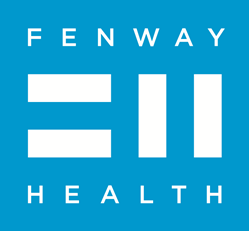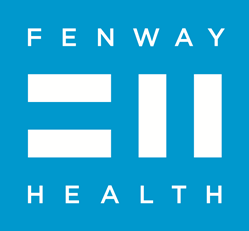
Both community members and health care staff were aligned in wanting better options for sharing and collecting information about gender identity ranging from names and pronouns to organ inventories, as well as the need for careful vetting of health care clinicians.
BOSTON (PRWEB)
August 24, 2021
A study published this month in PLOS ONE examined the perspectives of health care staff about their experiences working with transgender and gender diverse (TGD) patients and the perspectives of TGD community members about their access to and experiences of health care. Findings from the study underscore the need to address the priorities of both TGD patients and providers when devising strategies to improve the quality of care. Authored by researchers at The Fenway Institute, Massachusetts General Hospital (Harvard Medical School), Boston University School of Public Health, Brigham and Women’s Hospital, and the Harvard T.H. Chan School of Public Health, “Understanding community member and health care professional perspectives on gender-affirming care—A qualitative study” adds new knowledge to the growing body of research on barriers to gender-affirming health care by focusing on the experiences of health care staff and TGD community members who live and work in rural areas.
“Both community members and health care staff were aligned in wanting better options for sharing and collecting information about gender identity ranging from names and pronouns to organ inventories, as well as the need for careful vetting of health care clinicians,” said study lead author Stephanie Loo, a PhD candidate in Health Services Research at Boston University School of Public Health. “But staff and patients diverged in their assessments of behavioral health integration and patient health navigation services.”
Study participants included 70 adult TGD community members and 30 health care staff who live and work in 25 rural counties in Massachusetts, New York, Connecticut, Vermont, and New Hampshire. Ten focus group discussions were held for TGD community members, with about eight to 10 TGD community members participating in each. The racial and ethnic make-up of TGD participants largely reflected the demographics of their communities, with most participants identifying as white (66%), and the remainder identifying as multi-racial (11%), Black (5%), or Asian (3%). Seventy-seven percent identified as non-Hispanic and 23 percent identified as Hispanic, Latinx, or Spanish. The focus groups were conducted in English, Spanish, and American Sign Language.
Health care staff were recruited from private practices, hospitals, community health centers, and federally qualified health centers. They included primary care providers, surgeons, pediatricians, midwives, obstetrician-gynecologists, clinical psychologists, psychiatrists, licensed social workers, executive directors, human resource managers, C-suite executives, and department heads. Twenty-three participated in one-on-one interviews and seven participated in an online focus group discussion.
TGD participants were asked about their access to health care and their experiences of care. Health care staff were asked about what they perceived as barriers to care and what they perceived as helpful to accessing care.
Health care staff reported that recent updates in electronic health records made it easy to document a patient’s correct pronouns and name, but cataloguing organ inventories was not always possible. Many expressed frustration that they could not customize patient demographic forms to properly meet the needs of their TGD patients.
TGD community members reported that when intake forms included options for accurately identifying their gender identity they often experienced more appropriate and gender-affirming reproductive health care. But incomplete intake forms resulted in lower quality experiences of care. One TGD participant said that most of the medical forms he fills out only have options for “male” and “female.” When he goes to those doctors, he said in a focus group, he lets them assume that he is female because he has a uterus and, “I don’t see myself having another choice besides writing something on the form that there isn’t room for, and then getting into a long and uncomfortable conversation.”
TGD community members and health care staff also agreed that careful vetting of health care providers was important. TGD community members recommended utilizing personal and community networks to learn about specific practitioners. Clinicians said they vastly preferred to refer TGD patients to specialists that they personally knew to ensure that patients would receive quality, gender-affirming care.
But the two groups diverged on how to deliver holistic care. TGD patients wanted expanded mental health services, with options for online care and a desire for more integrated medical and mental health care. Primary care providers said that they understood the importance of mental health care but that such care falls outside their scope of practice. The two groups also diverged on what the role of patient care navigators should be, with health care staff focusing on navigation of complex health care systems and psychosocial support services. TGD community members, by contrast, believed that health navigators should also function as patient advocates who take an active role in facilitating interactions between clinicians and patients.
“It’s clear that strategies for implementing gender-affirming health care must meet the needs of both community members and health care professionals,” said study principal investigator Alex S. Keuroghlian, MD, who directs the National LGBTQIA+ Health Education Center at The Fenway Institute at Fenway Health and the Massachusetts General Hospital Psychiatry Gender Identity Program. “These interventions must also address experiences at the individual, interpersonal, and systems levels to achieve improvements in health care.”
“Understanding community member and health care professional perspectives on gender-affirming care—A qualitative study” is available online at PLOS ONE.
Share article on social media or email:

